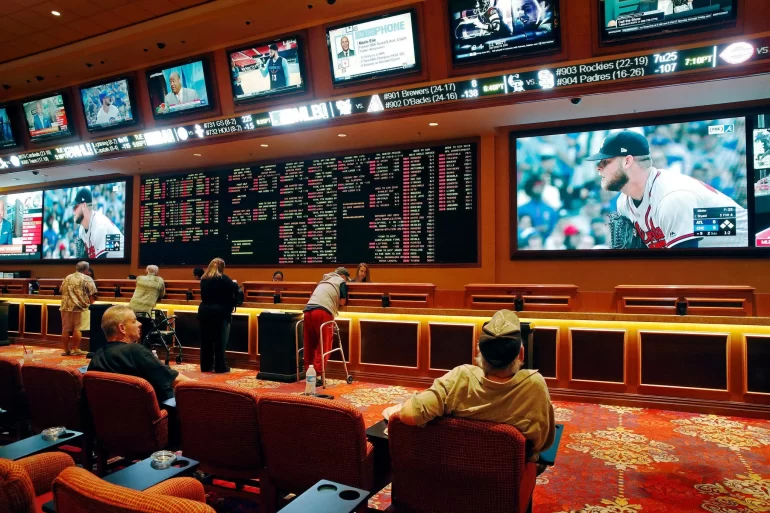The evolution of esports has transformed competitive gaming into a global spectacle, captivating audiences with its blend of strategy, skill, and storytelling. Central to this allure are the characters, digital warriors whose designs often echo the larger-than-life personas found in action cinema.
This article explores the profound impact of action movies on the design of esports characters, examining how cinematic elements shape their aesthetics, narratives, and appeal.
Cinematic Roots of Esports Characters
Esports characters frequently draw inspiration from action films, adopting visual and thematic elements that resonate with fans of both mediums. The influence of martial arts cinema, in particular, is evident in the design of many fighting game avatars. Bruce Lee’s legacy, for instance, is deeply ingrained in gaming culture.
Characters like Fei Long from Street Fighter II, Liu Kang from Mortal Kombat, and Marshall Law from Tekken are direct homages to Lee’s iconic image and fighting style. These characters embody the agility, intensity, and charisma that made Lee a cinematic legend, translating his on-screen presence into interactive experiences.
Similarly, the character Kano from Mortal Kombat showcases the fusion of film and game design. His cybernetic eye and ruthless demeanor are reminiscent of action movie antagonists, blending the gritty realism of cinema with the exaggerated features typical of video games.
The Role of Narrative and Aesthetics
Beyond physical design, action movies influence the narratives and personalities of esports characters. The archetype of the lone hero, the redemption arc, and the battle against overwhelming odds are common themes adapted from cinema into gaming storylines.
Mike Haggar from Final Fight, a former professional wrestler turned mayor, exemplifies this crossover. His character draws from various cinematic sources, including the musical Les Misérables and the film Streets of Fire, creating a persona that is both relatable and larger-than-life.
These narrative elements enhance the depth of esports characters, providing players with engaging backstories and motivations that enrich the gaming experience. Esports titles often build their characters with cinematic flair, from backstories to visual aesthetics, echoing the bravado of classic action heroes.
This theatrical appeal is part of what draws in not just players, but also spectators who follow leagues, analyze team performance, and even place esport bets through dedicated online sportsbooks that cater to competitive gaming events. This shows how cinematic character design doesn’t just entertain, it drives audience behavior far beyond the game itself.
How Film Tropes Translate into Game Design
The influence of action movies on esports character creation isn’t just thematic, it’s procedural. Game developers often begin by identifying cinematic archetypes that resonate with audiences: the rebellious loner, the unstoppable juggernaut, the disciplined martial artist.
These archetypes provide a narrative and visual foundation on which developers build character models, animations, and voice lines. This process mirrors character development in screenwriting, where appearance, posture, and movement reveal who a person is before they ever speak.
Cinematic language also dictates pacing and visual rhythm. In many games, characters execute moves that mimic the stylized fight choreography seen in martial arts and action films. Quick camera cuts, slow-motion impacts, exaggerated particle effects, all these techniques evoke movie-style immersion and are purposefully baked into a character’s in-game design.
A character like Genji from Overwatch, for example, borrows from cyber-ninja film tropes, combining traditional swordplay with futuristic flair to embody a warrior that feels born from both a movie reel and a game engine.
Through this deliberate design approach, game studios ensure that characters don’t just look inspired by film, they move, react, and engage players as if they leapt directly out of a high-octane action sequence. This is how action films shape esports character design at a technical and emotional level, aligning game mechanics with cinematic storytelling expectations.
Final Thought
The intersection of action cinema and esports character design enriches the gaming landscape, infusing it with familiar tropes and innovative storytelling. By drawing from the visual and narrative techniques of film, game developers create characters that resonate with audiences, bridging the gap between passive viewing and active participation. As esports continues to grow, the influence of action movies will undoubtedly remain a cornerstone in shaping the virtual warriors that captivate players and spectators around the world.






